RESOURCES FOR EDUCATORS
Discovery Den
TEACHER PACKETS
Woodland Park Zoo teacher packets contain background information, activity ideas, and resource information. Activities included in teacher packets were written to support Washington’s Essential Learning Requirements (EALRs) and Washington’s Environmental and Sustainability Education Standards. Most activities are designed for use with students in grades K-12 and can be adapted to suit your needs. The packets can be used to help you design a curriculum for use at the zoo or in your classroom. Original publication and revision dates are listed under the title of each packet.
Teacher packets are available in small downloadable sections. To access, click or tap on the link for the section you would like to download.
Please note: These resources contain relevant natural history information, however information related to Woodland Park Zoo may be outdated. The resources are archived here for your use, but are not regularly updated.
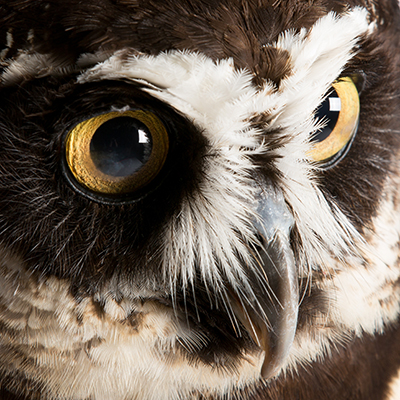
Forest Explorers
This packet was designed to supplement Woodland Park Zoo’s second-grade forest ecology program, but is adaptable for most elementary grades. With sections on forests, habitats, niches and interdependence, and conservation, Forest Explorers compares Washington state’s temperate forests with tropical rain forests of Central and South America.
Introduction
Background
Glossary and Resources
Activities
Conservation Links (2017)
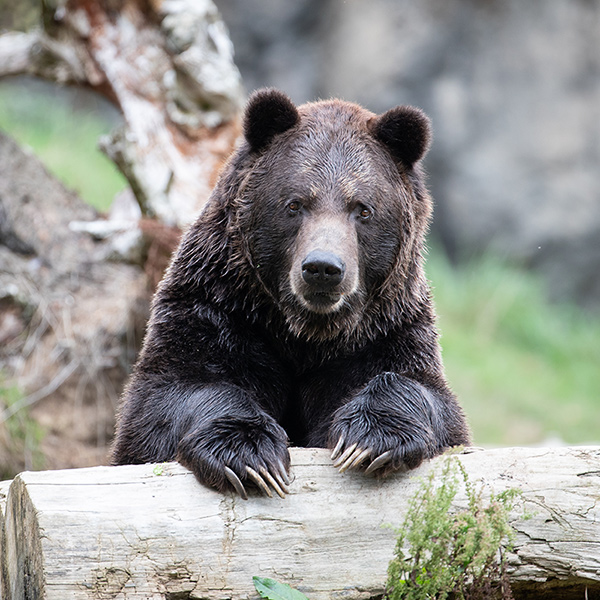
Living Northwest Trail
Life in the far north is hard. The ground is permanently frozen, the sun never shines during part of the winter, and never sets during part of the summer. How do animals and plants adapt to this environment? This packet will help you share the mysteries of Alaska with your students.
Introduction
Background
References
Glossary
Map
Activities
Conservation Links (2017)
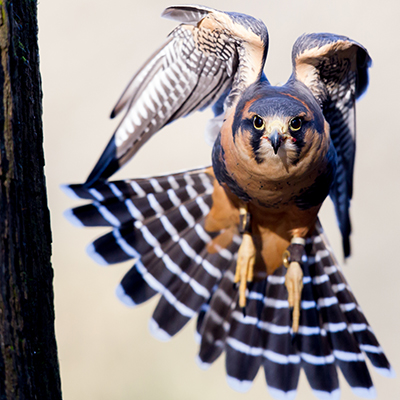
Raptors
Birds of prey are magnificent animals that can be readily seen in both urban and rural areas. Since they are top predators, raptors provide an excellent avenue for studying a wide variety of biological concepts, such as predator-prey relationships, adaptations and the effects of human influence.
Introduction
Background
Activities
Glossary and Resources
Conservation Links (2017)

Reptiles & Amphibians
Cold-blooded animals have developed unique physical characteristics and life cycles for survival in a variety of habitats. This packet explores the human-posed threats faced by reptile and amphibian populations throughout the world. Specific examples are provided about species in Washington state that are threatened or endangered.
Introduction
Background
Glossary and Resources
Activities
Conservation Links (2017)
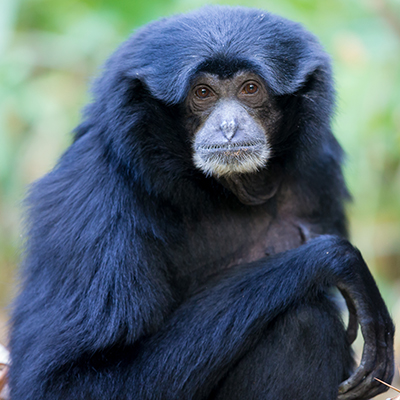
Tropical Asia
Plants, animals and people of tropical Asian forests are inextricably linked. This packet looks at interconnections that make life in the tropical rain forests of Asia possible. This packet helps students to learn about biodiversity and interdependence.
* Revised version coming soon
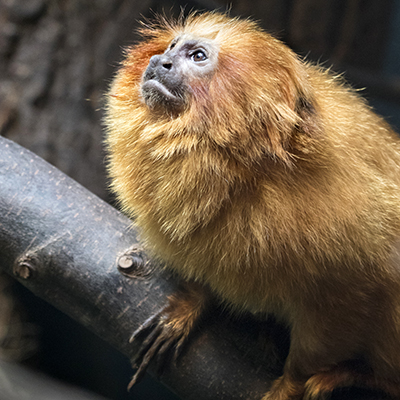
Tropical Rain Forest
This packet presents information on the forests of the world, with an emphasis on tropical rain forests. Activities and information focus on the different layers of the forest, and the species of plants and animals that are uniquely adapted to each layer. Also provided are ideas on how you and your students can help conserve forests.
Introduction
Background
Glossary and Resources
Activities
Conservation Links (2017)